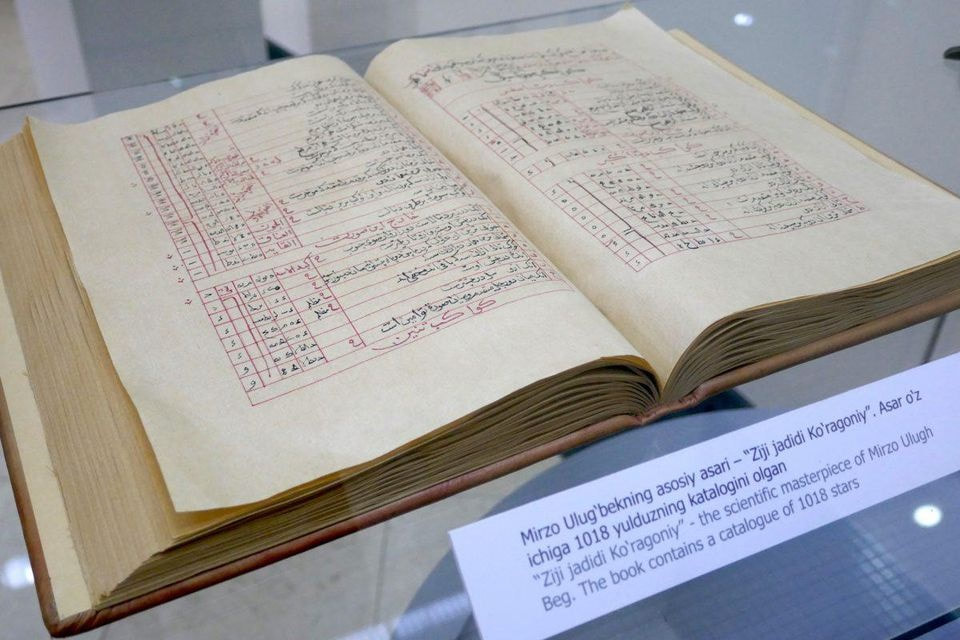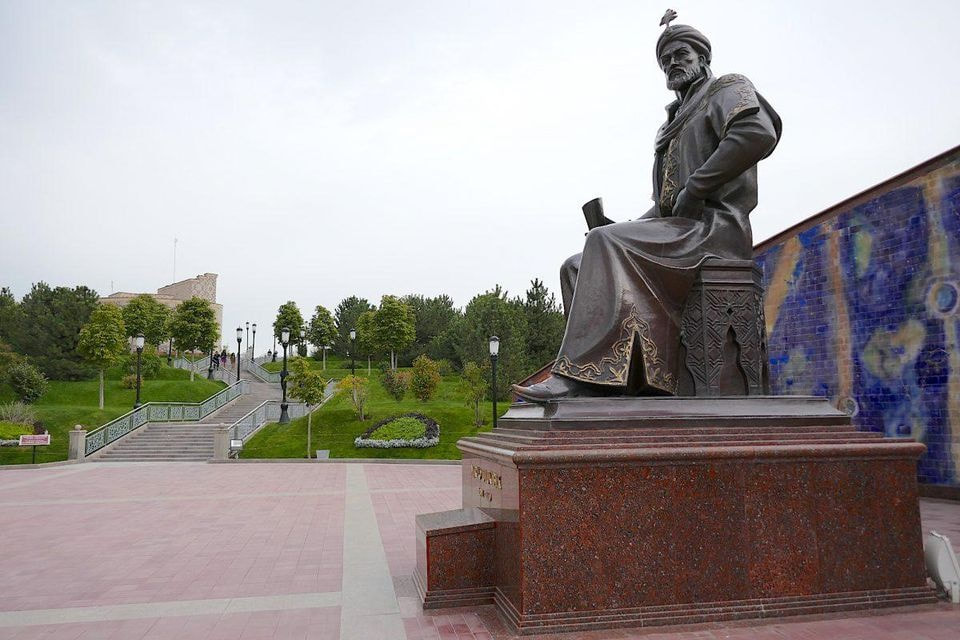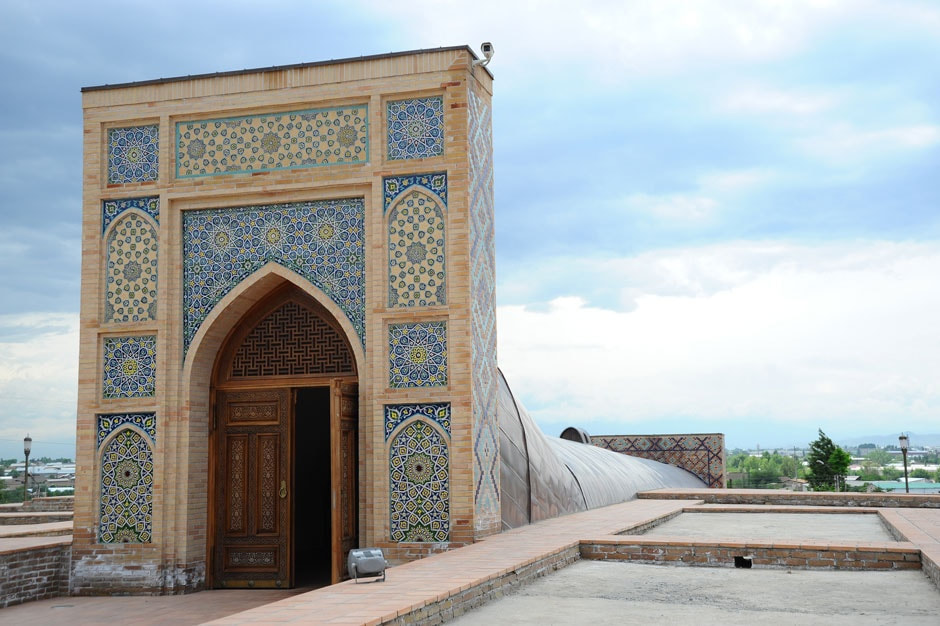 The Zīj-i Sultānī from 1437, which contains Begh's astronomers' calculations of the relative positions of 1,018 stars - JAMIE CARTER The Zīj-i Sultānī from 1437, which contains Begh's astronomers' calculations of the relative positions of 1,018 stars - JAMIE CARTER One of the major achievements in the field of Astronomy that has largely remained obscure to the world was the observations & discoveries of Ulugh Beg (b. March 22, 1394 in Sultaniyeh, Persia – d. October 27, 1449, Samarkand, Uzbekistan) a Timuri Sultan who carried greatest expertise in the world in Astronomy at that time. His achievements remained obscure partially due to the fact that his fate was quite different from his contemporary scientists who did not share 2 occupations: rulership & scholarship. Ulugh Beg had built the famous Ulugh Beg Observatory in Samarkand for astronomical observations where famous contemporary astronomers like Al Kashi & Al Qushji were his students among many other. After his assassination on his way to Makkah, plotted by his son who took over the throne, Beg’s students continued his legacy.[1] After his death his observatory was destroyed and for many years it remained obscure. It was not till recent excavation that took place in the early 20th century by Russian archaeologists who then restored it by mid of 20th century. Ulugh Begh Works & Achievements When it comes to discussion on astronomical discoveries we do often hear famous European names such as Tycho Brahe, Copernicus, Kepler, and Galileo but the name Ulugh Begh remains virtually unknown. Since he was a pioneer in his field it is come to light that his achievements in astronomy preceded those attained by famous European scientists. Ulugh Begh Observatory also known as Samarkand Observatory was built in 1420 CE preceding the other 2 great observatories built by Taqi’al’din Muhammad bin Maruf in Istanbul 1577 CE and first major observatory built in Europe by Tycho Brahe called Uraniborg in 1576 CE. As per Kevin Krisciunas "he was one of the first to advocate and build permanently mounted astronomical instruments, and in the 1420's and 1430's Samarkand was the astronomical capital of the world." [2] Star Catalog called Zij-i-Sultan (Sultan Tables) The Zij-i-Sultani was a star catalog that improved the works of previous astronomers from Claudius Ptolemy (d. 170 CE) to early Islamic Astronomers. With the instruments located in the Samarkand observatory, Ulugh Beg composed a star catalog consisting of 1018 stars. Ulugh Beg utilized data from Al-Sufi’s Book of the Fixed Stars and based his star catalog on a new analysis that was independent of the data used by Ptolemy. This is generally considered the most accurate and extensive star catalog up to its time, surpassing its predecessors, including Ptolemy's work, Abd al-Rahman al-Sufi's Book of Fixed Stars, and the Maragheh observatory's Zij-i Ilkhani. It was not surpassed until the later works of Taqi al-Din and Tycho Brahe in the 16th century. [3] Calculation of the Earths Sidereal Year Sidereal year is the duration Earth takes to orbit the Sun with respect to the fixed stars. Its recorded in his Zij-i-Sultani that their first calculation of the earth’s orbit of the sun was at 365 days, 6 hours, 10 minutes and 8 seconds, was later proved to be wrong. He was out only by 1 minute. However later Ulugh Beg measured a more precise observation 365 days, 5 hours, 49 minutes, 15 seconds which had an error of 25 seconds, making it more accurate than Copernicus (b. 1473 CE) estimate which had an error of 30 seconds. All this was accomplished without the use of a modern telescope. Largest Instruments Used For all his astronomical studies Ulugh Beg made use of the Fakhri sextant (al-suds al Fakhri) which was first invented by Abu-Mahmud Khojandi in the 10 century CE. What made Ulugh Beg’s observatory unparalleled was the size of its instruments and their setup. The observatory was a monumental building equipped with a huge meridian, made of masonry, a ‘Fakhri sextant’, of a radius of 40.4 metres. John Greaves writing in 1652 CE says that according to a trustworthy Turkish astronomer, the radius of that meridian arc was about equal to the height of the dome of the Ayasofya Mosque (Hagia Sophia) in Istanbul, Turkey, thus, approximately fifty metres! [4] European Translations The catalog Zij-i-Sultani, one of the most original of the Middle Ages, was first edited by Thomas Hyde at Oxford in 1665 under the title Tabulae longitudinis et latitudinis stellarum fixarum ex observatione Ulugbeighi and reprinted in 1767 by G. Sharpe. More recent editions are those by Francis Baily in 1843 in vol. xiii of the Memoirs of the Royal Astronomical Society and by Edward Ball Knobel in Ulugh Beg's Catalogue of Stars, Revised from all Persian Manuscripts Existing in Great Britain, with a Vocabulary of Persian and Arabic Words (1917). Even though Ulugh Beg’s achievements till today may have remained unknown to the West including East due to curriculum based on Western model, yet his works were copied and studied after his death in the Muslim world and later translated in to European languages and studied in the West. References: [1] The Tragic Story Of The Man Who Unlocked The Universe, Forbes, Jamie Carter, Senior Contributor, Science, https://www.forbes.com/sites/jamiecartereurope/2018/11/27/the-tragic-story-of-the-man-who-unlocked-the-universe/#715dca314b0b [2] The Legacy of Ulugh Beg, Kevin Krisciunas http://vlib.iue.it/carrie/texts/carrie_books/paksoy-2/cam6.html [3] Zij-i Sultani (Persian: زیجِ سلطانی) is a Zij i.e. astronomical table and star catalogue that was published by Ulugh Beg in 1438–1439. https://en.wikipedia.org/wiki/Zij-i_Sultani [4] The Samarqand Observatory, by FSTC, Published on: 20th December 2002, Muslim Heritage, Discover The Golden Age of the Muslim Civilization, https://muslimheritage.com/samarqand-observatory/
0 Comments
Leave a Reply. |
AuthorZaid Shah Archives
February 2021
Categories |
Proudly powered by Weebly


 RSS Feed
RSS Feed